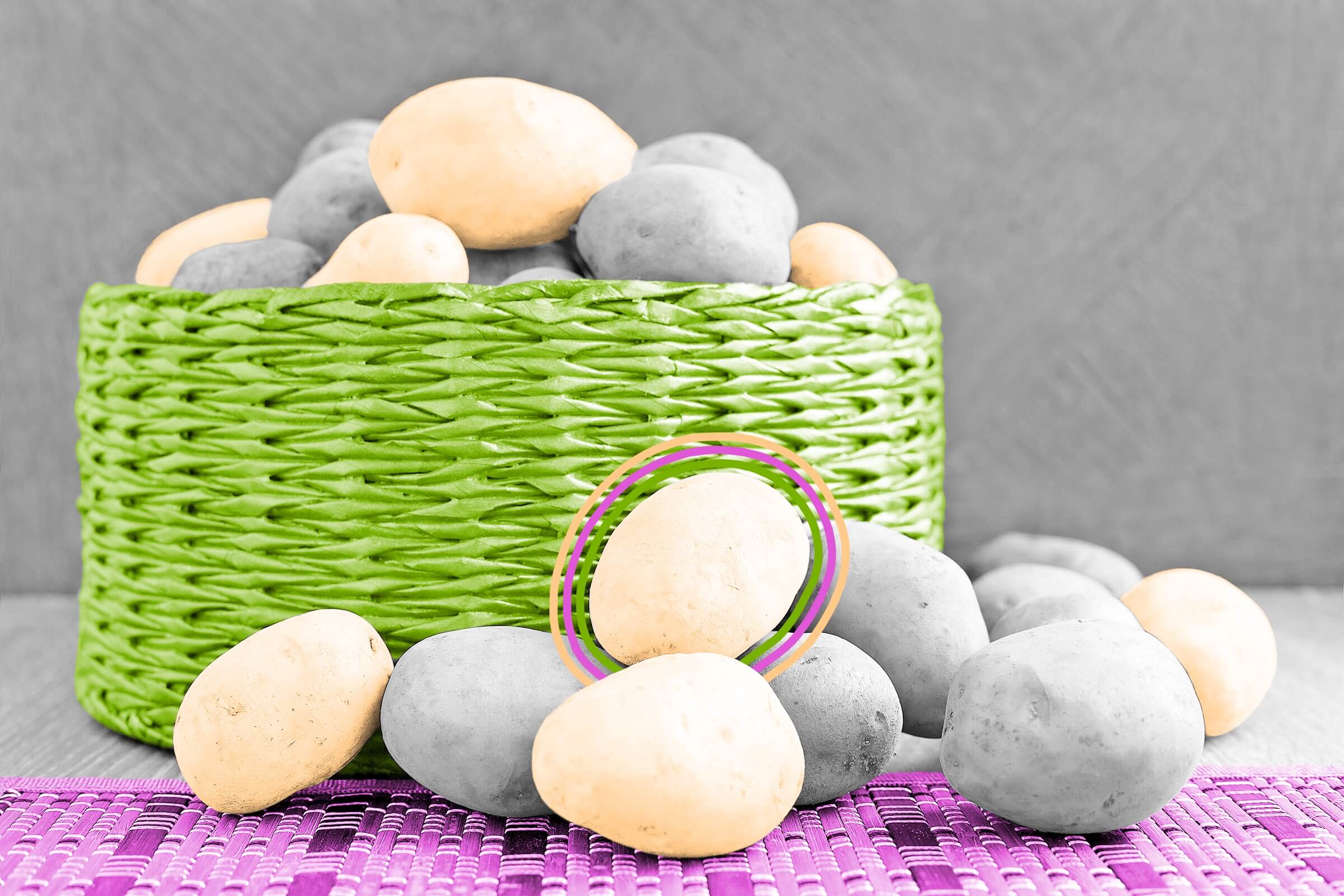
Potatoes can absorb and reflect Wi-Fi signals.
Mashed, boiled, fried: Most of the interactions we have with potatoes revolve entirely around preparing them for our plates. However, there are occasions when the starchy spuds have more scientific uses — such as helping researchers test and tweak Wi-Fi signals. On these occasions, potatoes act as stand-ins for human bodies, mimicking our forms thanks to their similarly high water content. While our bodies are made up of about 60% water, potatoes are loaded with about 80%. All of that water impacts just how well we can connect to the internet — Wi-Fi signals are transmitted through radio waves, which are easily absorbed by water. Even the water inside a potato (or the human body) can reflect the signal back and weaken its strength.
While any container of water can actually do this trick, scientists have turned to sacks of potatoes for more accurate testing of Wi-Fi signals in tricky places such as airplanes. In 2012, Boeing heaped about 20,000 pounds of tubers into human-like shapes in a grounded airplane to observe how well Wi-Fi flowed through a packed cabin. Gathering the data took several days, and using nonmoving potato test subjects in place of human participants made it possible for researchers to do their work. With this system, Boeing engineers were able to fine-tune Wi-Fi signals to transmit uniformly through a plane cabin and account for wiggling passengers and passing drink carts — ensuring the best possible internet connection at 35,000 feet.
Water has a way of disrupting Wi-Fi connections, so it may come as a surprise that there are hundreds of thousands of miles of internet cables along the ocean’s floor. In fact, our ability to communicate globally is thanks to nearly 750,000 miles of fiber optic cables that crisscross underwater. While it’s commonly believed that our phones and computers connect us through satellites, about 95% of all voice and data transmissions are routed through these cables. The first such cable connected the United States, U.K., and France in 1988, but the concept dates back more than 150 years — the first transatlantic communications cable was a simple copper wire used to transmit telegraphs between the U.S. and Great Britain. First used in 1858 following two years of planning and line laying, the cable worked for just a few weeks — but would inspire a world of communication for years to come.

